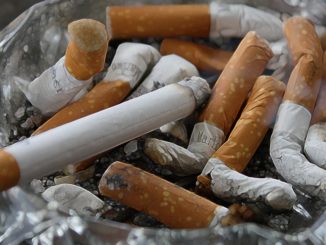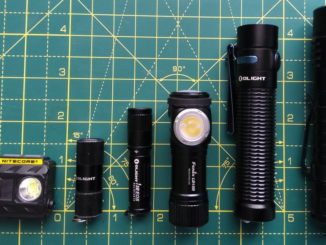Introduction – the real pandemic
Many countries are experiencing a health crisis that will cause hundreds of millions of people to die earlier than they should. This crisis is called insulin resistance. In the US, it is estimated that nearly half the population are diabetic or ‘pre’-diabetic, many without knowing. Life expectancy has stalled despite advances in medical care. The most obvious manifestation of this is obesity. But even if you are not overweight according to your Body Mass Index (BMI), you may still be causing hidden damage to your body.
There is much debate about what is causing this. Fructose in sugar is likely to be a significant cause. But carbohydrates in general drive up insulin levels which then develops into insulin resistance. The good news is that this can be quickly reversed by changing your diet.
This article is about how switching to a lower-carbohydrate diet can dramatically improve your health. I will also relate my experiences on a ketogenic (very low carb) diet.
My attempts at losing weight
I used to think I had a good diet because I ate lots of ‘healthy’ foods. Sure, I had a sweet tooth, but I also loved salad and fruit. At the start of my new diet I weighed 102kgs/ 225lbs. For my height of 188cm/6’2” this gave me a BMI of 28 – firmly overweight. (30+ is obese). A blood test a couple of years ago showed raised triglyceride levels. This is associated with an increased likelihood of obesity, diabetes and heart disease. Being in my mid forties, I could get away with this for quite a few more years, but I was likely storing up health problems. A few years earlier I had found success from the 5/2 intermittent fasting diet. But on fasting days I was bad tempered and I lasted only 6 months. During lockdown last year I cut back on carbs with meals – no bread, rice, pasta etc. This saw me slim down to 96kgs, but by Christmas I went back to old habits.
With the world going to shit around me, I decided from July that the one thing I could control was my own body. I decided to properly focus on a low-carb diet.
Food Basics
Food consists of three types of macronutrients.
Carbohydrates
‘Carbs’ are sugars that come in two forms – simple and complex. The difference is in how quickly the molecules are digested and absorbed. Carbs are broken down into glucose which is either used to provide energy or stored as fat. Fibre is carb that humans cannot use for energy because we are not cows. Carbs are basically plants. Starches and grains have high concentrations: potatoes, bread, rice, pasta, oats etc. Refined carbs have been artificially processed to remove fibre to concentrate the sugars. White sugar (sucrose) is an example of a refined carb. It is made up of a glucose and a fructose molecule. Fructose is a sugar naturally found in fruit, honey and root vegetables. It is also added to processed foods because it is much sweeter and more addictive than glucose. (It has lots of different names so food manufacturers can hide it in ingredients.) Surprisingly, carbs are not essential as our bodies can synthesize the glucose they needs from other foods.
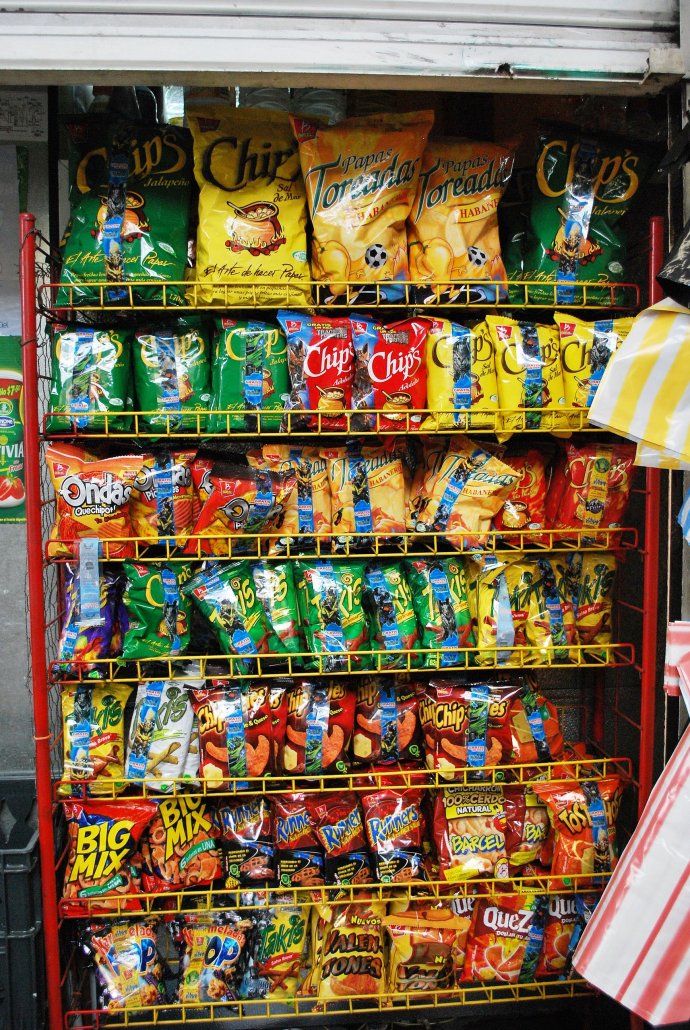
AlejandroLinaresGarcia, CC BY-SA 4.0, via Wikimedia Commons
Protein
Protein supplies the molecular building blocks to make and repair our muscles and other tissues. It is found in high levels in meat and fish, cheese, eggs, nuts and some vegetables. Protein also satiates hunger. It is converted into glucose for energy when in excess.
Fat
Fats can be found in fatty meats and fish, eggs, cheese, nuts, and vegetables such as avocado and olives. Fats are essential for our bodies. You will die without them. But there are also damaging highly processed fats such as vegetable oils and trans fats. Our bodies burn fat for energy when glucose is not available.
We’ve all been brainwashed
Our views about food have largely been shaped by bad research from the 1950s and 60s. These bad ideas have been adopted by authorities, the food industry, and force-fed to the public ever since.
Let’s debunk some food myths.
- Food quantity – the calorie model of dieting
We’ve all heard the mantra “calories in, calories out” and “eat less and move more”. There is no doubt that calories matter. If you eat a huge number of calories you will gain weight, and if you eat hardly any you will starve. But between these extremes counting calories is ignoring some key variables. The different food types send different messages to our bodies and provide us with energy in different ways. Not all calories are equal. The body is not a simple engine with a single input and output. It is a complex system of metabolic processes attached to an emotional person. Food is information to our bodies. For example, you will burn more calories at rest on a high fat diet than on a high carb diet even if the number of calories is the same for both diets. Traditional diets which focus on counting calories involve cutting back on everything and exercising more. This pits you in a battle of wills against your body. Such diets inevitably fail long term. Doing more exercise increases appetite, especially for carbs. Our focus on calories has led us to assume obese people are more greedy and more lazy. But are Americans really lazier than Frenchmen? I’d contend that the best way to lose weight and improve health is to forget about calories, and even exercise, and instead learn about the metabolic effects of different foods.
- Good and Bad foods
The incorrect research from the 1950/60s led to the view that fatty foods cause heart disease and should be restricted. This resulted in encouraging us to get a higher proportion of our energy from “complex carbohydrates”. We are also encouraged to go for low fat versions and cut down on meat. We are told that sunflower oil and margarine are good and butter is bad. We are told to eat more fruit as part of our ‘5 a day’. We have basically been brainwashed into thinking that animal products are all bad and plants are all nutritious. These ideas have pushed us away from getting energy from eating traditional healthy fats and more from carbs/sugars.
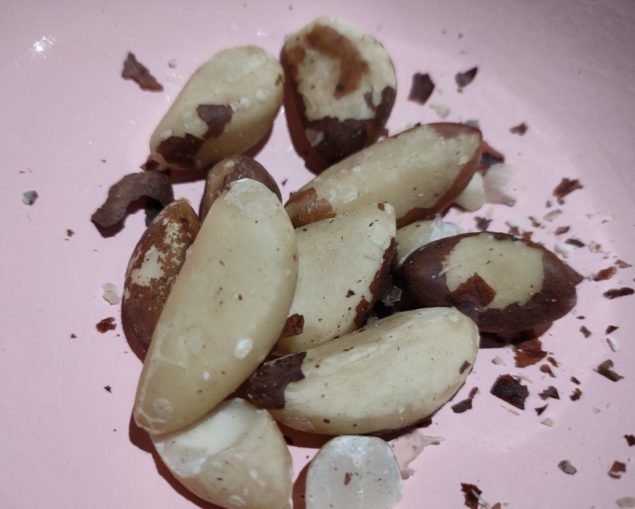
© JimmySP, Going Postal 2021
Contrary to popular opinion, fats and saturated fat in particular are not bad for us. Lard is much healthier than sunflower oil (which is very bad for us). Put simply, eating fat does not make you fat. The exception is if you combine high fat with high carb – this is a bad combination (think of a doughnut). As for the ‘healthy’ whole grains that we are encouraged to eat, these all break down into glucose whether complex or simple, which as we shall see increases insulin levels. The NHS currently tells everyone to “base meals on potatoes, bread, rice, pasta or other starchy carbohydrates.” This is terrible advice.
The problem stems from the fact that the proportions of the different food types – carbs, protein and fat – most accessible to us today are very different to what was available when our bodies evolved. We spoke earlier about how food is information. Our bodies are now confused by the messages being received from a modern diet and are responding in ways that harm our long term health.
A good example of this is fruit. The fruit we eat today provides lots of vitamins but it also contains a lot of sugar (fructose and glucose). These fruits have been modified to be bigger and sweeter than their wild origins. We evolved to eat small berries (which are relatively lower in sugar) during the summer. If we put on weight this would have had an evolutionary benefit as winter came. Today we eat higher sugar fruits all year long in centrally heated homes.
- Timing – breakfast is not the most important meal of the day
We now have a culture where people eat as soon as they get up and at regular intervals throughout the day. Even if not consuming snacks, many people will be feeding themselves between meals with sugary drinks. We evolved to eat perhaps twice a day at a maximum and there would have been many days when we did not eat at all. Fasting is a feature of most religions for a reason. It is a cultural inheritance of something that is good for us. Intermittent fasting causes metabolic switching – your body goes into fat burning and clean-up mode. Fasting exercises your cells a bit like resistance training. The benefits of fasting and giving your body time off from food have been demonstrated over and over, and yet the perception still persists that skipping meals is harmful. So, breakfast is not the most important meal of the day. If you can skip it you will likely be doing yourself a favour because you are increasing the time your body is fasting since your previous evening’s meal. A midnight snack followed by an early breakfast isn’t giving your body the time off it needs.
Carb burning vs Fat burning
Let’s now look in more detail at how our bodies work.
Think of your body as having a rechargeable battery for storing energy. Glucose from food is stored in this ‘glycogen battery’ to meet your immediate energy needs between meals. Burning glucose, rather than fat, is always prioritised by your body. But your glycogen reserve is very limited – if you don’t eat you will run out in just a day or so. Your body then switches to burning stored fat for energy. If you keep your glycogen battery fully topped up then you won’t switch to burning fat. Each time your glycogen battery is full the excess glucose is converted and stored in your fat cells. Unlike the glycogen battery, your body fat storage facility is almost limitless. If you eat a lot of carbs this glycogen battery will be the mechanism for generating energy that your body will get used to. If you continuously snack on carbs you are always full on glucose and you will put on weight.
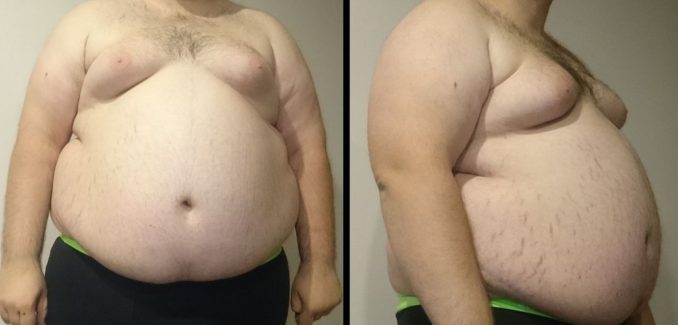
FatM1ke, Public domain, via Wikimedia Commons
The idea of a low-carb diet is that you keep your glycogen battery at less than full. This means excess glucose is not stored as fat. Instead you promote your fat-burning system to provide your energy. You do this by lowering the carbs in your diet and increasing the fats. If you can maintain a ketogenic diet of very low carbs your body will enter ketosis and convert to predominantly fat burning rather than carb burning. You become ‘fat adapted’. It can take a few days to achieve this according to how dependent on carb burning your body has become. Using your fat burning system aligns better to how our bodies evolved to provide us with energy. Intermittent fasting works very similarly because we run out of readily available glucose during the fast.
Standard UK Diet – 48% of energy from carbs.
Low Carb Diet – 10 to 20% from carbs.
Keto Diet – 4 to 10% from carbs.
Insulin
We started this article with the importance of insulin. When you eat carbs the glucose in it raises your blood sugar level in a spike. Glucose is a toxin so your body releases a lot of insulin to bring the glucose down. The insulin takes the glucose out of your blood and puts it into your cells. Consuming glucose therefore creates a rollercoaster effect which is often reflected in your mood. In comparison eating a low carb diet produces a much more stable glucose level and insulin response.
Continuously increasing insulin levels by eating lots of carbs leads to insulin resistance. Insulin resistance means the tissues in your body become less sensitive to insulin and your body produces even more as a result. Higher insulin tells your body to both burn less fat for energy and store more fat. This is especially the case for visceral fat. You can be thin on the outside but fat on the inside (TOFI).
More generally, elevated insulin levels cause metabolic syndrome. The indicators of this are high abdominal fat, high blood pressure, high blood sugar levels, high triglycerides and low good cholesterol. If you have three of these you will be diagnosed with metabolic syndrome. The list of diseases and problems linked to this is too long for this article. Pretty much every degenerative disease you can think of.
A low carb diet reduces insulin levels, reversing metabolic syndrome. The good news is that the benefits of this can be seen almost immediately and serious medical conditions can even be reversed relatively quickly.
Fructose is a special case. It doesn’t increase your insulin levels as much as glucose. Fructose is converted into glucose by your liver where it will turn into fat giving you non-alcoholic liver disease. This is why white sugar is so bad, you get more glucose than you need and then the fructose overloads your liver with fat. I recently heard of a teetotaler who had to have a liver transplant because he drank Fanta all day long.
Switching to a low carb diet
Going low-carb will likely be an absolute game changer to your health, but how easy is it?
The way I started was to look at lists of what you can and can’t eat on a keto diet and plan meals around this. Typically this meant about the same amount of meat and fish as before, but only lower carb veggies (high fibre) on the side. I’d go for fatty meat instead of lean cuts. I replaced margarine and vegetable oil with olive oil, coconut oil and butter. Breakfast on a low carb diet is particularly enjoyable with eggs, sausages and mushrooms. It is important to overcome your brainwashing and actively go for fatty foods. Low fat and ‘light’ dairy products must be avoided as well as processed foods containing hidden sugar. Particularly good keto foods are avocados and brazil nuts. If in doubt, do an internet search to find out if something is keto friendly. eg. cashews and pistachios are relatively high in carbs, walnuts are not. Most fruits have too much sugar. For alcohol I drank dry red wine. No beers. Spirits are also fine. I added full fat cream to my coffee.

© JimmySP, Going Postal 2021
Week 1 – The objective of the first week of a keto diet is to dump your carb burning and get to fat burning as quickly as you can. I felt a bit unusual during the first few days as the switch took place. Aka “keto flu”. At times I felt woozy, weak and couldn’t concentrate. This is due to your body adjusting to no longer holding onto salt as insulin levels drop. It’s very important on a ketogenic diet to increase the amount of salt you eat to make up for this. It’s best to pick a few days when you can cope with the transition. Surprisingly, hunger was not a big feature of how I felt after a couple of days.
Week 2 – By the second week I was quite happily skipping breakfast in order to space out my mealtimes and burn more fat. I moved to an 18/6 diet – eating all my food in a six hour window from noon. When I had previously done intermittent fasting I had very bad mood swings and my stomach would rumble to the point of embarrassment. I realise now that back then my body was missing its carb hit. After 2 weeks, I had lost 4kgs and looked a lot less bloated.
Week 3 – This saw my weight loss stop and I actually put on weight. Apparently this is a normal metabolic reaction. The hardest thing at this point is losing focus and just reaching for carbs out of habit and boredom. You also realise how many restaurants base their menus around carbs and fry things in processed oils. Nevertheless, I managed to stay focused. I could see my body getting leaner and the weightloss started again at the end of the week.
Week 4 – It’s now the end of week 4 and I am down to 96kg. I am now used to my restricted diet and actually find having less choice quite liberating. It pushes you to cook for yourself and think about what you are eating rather than just packing meals out with carbs and mindless snacking. I also realise how mood influencing carbs are. I now have more consistent energy levels throughout the day. The greatest revelation is that feeling ravenous seems to be more to do with carb withdrawal than simply not eating. My hunger levels are probably a third of what they were despite longer meal spacing and the fact that my diet is inevitably resulting in fewer calories. This gives a reassuring feeling of control. My tastes also seem to have changed. Although my brain remembers I like chocolate and ice cream, my body is no longer craving these things.
The Future
The challenge of course will be sustaining this diet. My target is to get down to 90kgs, so it will be interesting to see if I plateau before this point. The thought of never enjoying a cake or pastry again seems like such a big loss that I’m never going to say never again – I just haven’t got round to treating myself yet. A lot of people on keto diets move to just a low carb diet over time and then use intermittent fasting to periodically go back into ketosis. I plan to adopt this approach once I reach my target weight.
For further information and inspiration, I would recommend Ivor Cummin’s book Eat Rich, Live Long and Dr. Sten Ekberg’s and Dr. Paul Mason’s YouTube videos.
© JimmySP 2021
The Goodnight Vienna Audio file

